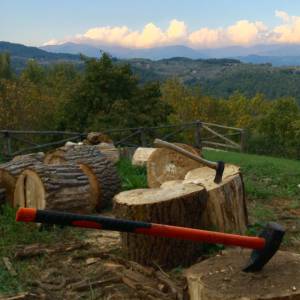Wasp at the ivy-league
I took a walk around the circuit in the gloomy light. Mark and Robert's English ivy was thick in flower and busy with wasps.
I have seen this before and it turns out ivy is the last flowering plant in the autumn and pumps out masses of nectar (with a 45% sugar content) that is vital foroverwintering bees, butterflies and wasps.
(Fact alert: 'During the hunting phase of the wasp life cycle, an average sized wasp nest will eradicate between 4 to 5 metric tons of insect pests in a year.' Can that be right?).
The ivy has a pretty unpleasant rank ammoniac smell but it is very good at attracting insects to its flowers. Maybe in the colder and windier days of autumn it needs this strength of smell to 'get through' to its pollinators.
The sea was calm and the light under the cloud cover slightly unworldly, the shipping intense and scattered like so many pucks on an ice field. By the edge of the cliff were two pastel-orange carnations and a deep red rose.
I saw the green woodpecker, last swallows (still!), viper's bugloss, scabious and whisps of knapweed blossom, the furry seedheads of goldenrod (?), a sea cabbage with a tracery of last summer's seedheads and a tiny bright red toadstool pushing up through the close-cropped downland sward.
As I returned home the rain - a constant feature of the last few days - started again.

Comments
Sign in or get an account to comment.


